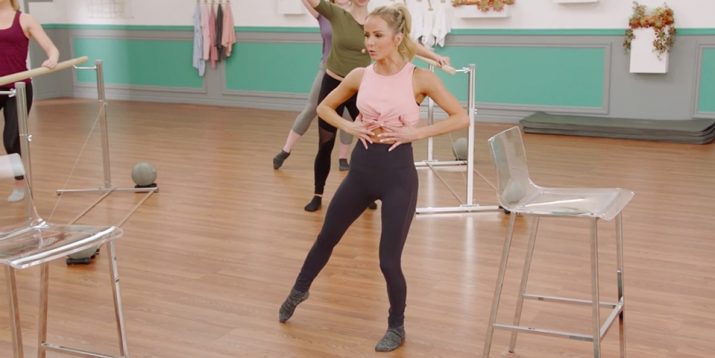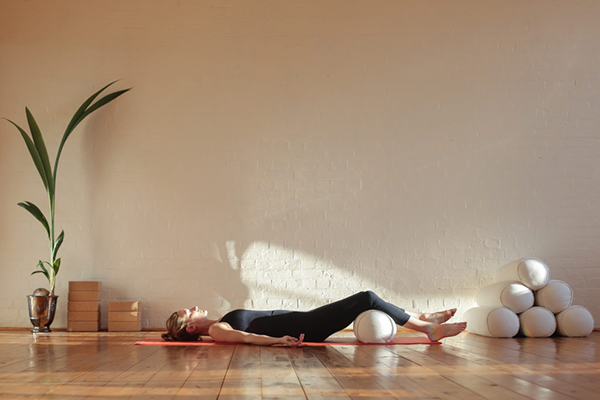Xtend Barre Tips: How to Close Your Rib Cage

If you’ve ever taken a ballet, barre, or yoga class, you’ve probably heard the instruction to “close your rib cage.”
If you’re not familiar with how this feels or what it should look like, this can be a pretty confusing phrase.
But this position sets you up for many movements you might do in a workout, so it’s worth your while to understand what it means.
A closed rib cage makes you strong and stable, so it’s a staple of maintaining proper alignment in many kinds of movements and workouts.
If you’re doing Xtend Barre, you’ll hear the phrase “close your ribs” quite often, and you’ll be reminded many times to close your ribs to help you keep that strong core for the entire class.
We talked to the creator of Xtend Barre, Andrea Rogers, to learn how to close your ribs properly.
How to Close Your Rib Cage
A closed rib cage is the opposite of a flared, or open rib cage. When you “suck in” your belly, your ribs naturally expand and stick out, becoming more visible, Rogers says.
This position isn’t very strong or supportive, since it lengthens your abdominal muscles without engaging them.
Instead, you want to close your rib cage, engaging your core for stability. Here’s how you can do that.
1. Elongate your spine
Start by standing up as straight as you can, while breathing normally. Think about a string in the top of your head pulling up, making you grow taller, finding space between each vertebra.
2. Press your shoulders away from your ears
Without pinching your shoulder blades together, press your shoulders away from your ears and down your back to create a neutral spine.
As we sit during the day, we have a tendency to round our shoulders forward into a slouch, so you want to avoid that.
3. Inhale
Take a large inhale and feel your ribs expand. When you breathe, take note of how your rib cage moves.
It can help to think of your rib cage as an umbrella: Your spine is the handle and your rib cage is the fabric. The handle doesn’t move, but the fabric of the umbrella expands in all directions as you inhale.
4. Exhale and engage your abs
As you exhale, your ribs will naturally begin to close. Push the air out of your lungs forcefully to completely close the ribs and engage your abs.
This full engagement is slightly too much to maintain at all times, so relax slightly, finding a middle ground where your ribs are closed, but you can maintain a comfortable breath.
Tips on Closing Your Rib Cage

If you’re having trouble figuring out if your rib cage is flared or closed, here are a few tips to help you work through it.
Laying down is a good way to help you understand the feeling.
- Lie down on a hard, flat surface. Bend your knees to place your feet on the floor.
- Adjust your spine so you can feel each part of your back against the floor.
- Press your shoulder blades down your back, moving your shoulders away from your ears.
- Place your hands on top of your ribs. Breathe. Notice how on the inhale, your ribs extend forward. This simulates an open or flared rib cage. As you exhale, your ribs naturally flatten and come closer together. This is a closed rib cage.
- After your next exhale, try to maintain a closed rib cage, while you breathe in. You’ve successfully closed your rib cage!
Once you’ve practiced a few times laying down, try it standing up. Take note of how your core feels and how this position changes your balance.
It might feel slightly weird at first, but eventually, it can help you feel stronger and more supported.
Keep practicing this, and before you know it, a closed rib cage will feel like second nature as you go through the Xtend Barre workouts and other exercises!
